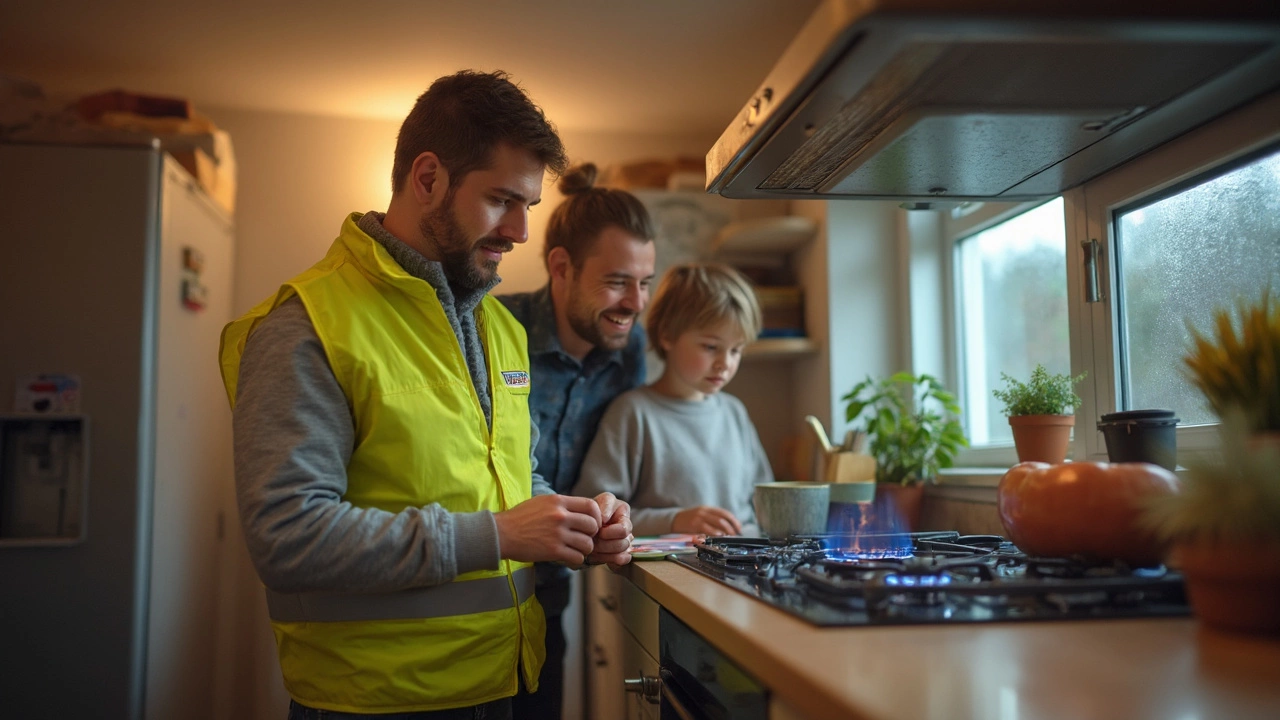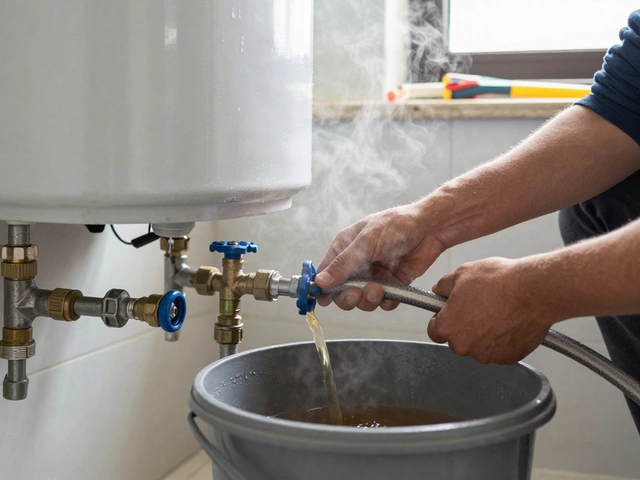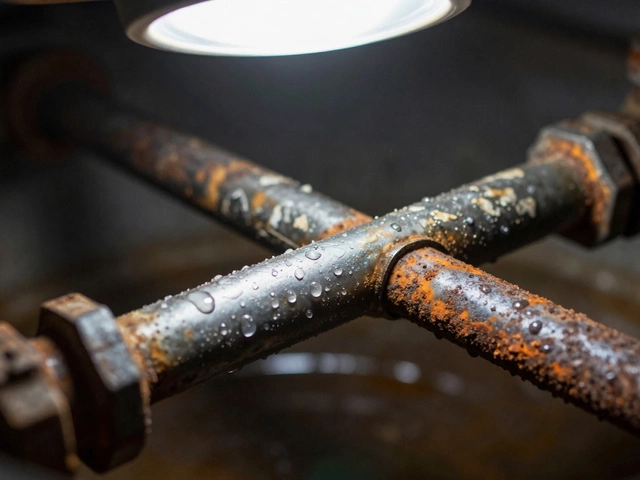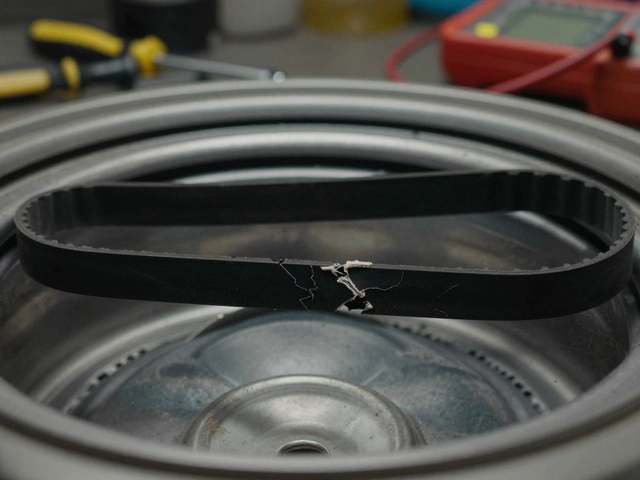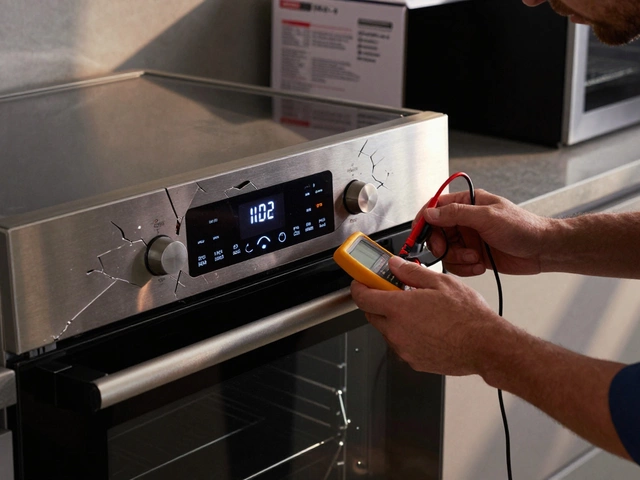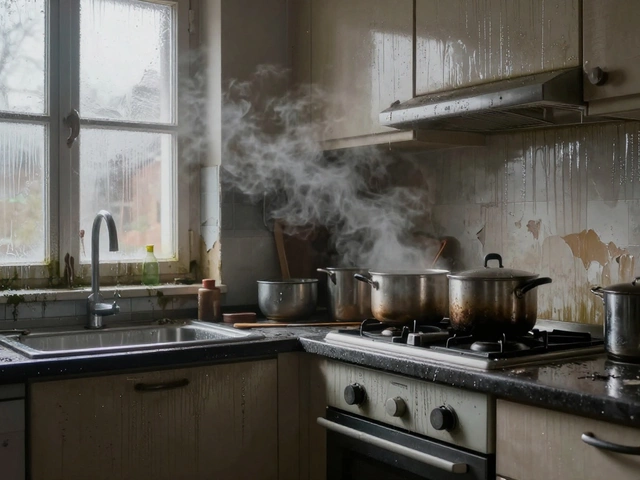Safety Checks for Home Appliances: Simple Steps to Keep Your Home Safe
Every homeowner wants a kitchen that works without a hitch and a laundry room that doesn’t give you a shock. The easiest way to get that peace of mind is to do a regular safety check. It only takes a few minutes, saves you money, and stops nasty surprises like fires or electric shocks.
Why Regular Safety Checks Matter
Appliances sit behind walls, under counters and in closets, so you don’t always see what’s going on inside. Over time, cords fray, filters clog, and parts wear out. Ignoring these signs can turn a minor issue into a costly repair or a dangerous incident. A quick visual inspection catches problems before they spread, keeping your family safe and your bill lower.
Step‑by‑Step Safety Checklist
1. Unplug before you start. Even if the appliance looks fine, pulling the plug protects you from hidden electricity. If you can’t unplug a built‑in unit, flip the circuit breaker for that area.
2. Look at the power cord. Check for cracks, exposed wires, or scorch marks. A frayed cord means it’s time to replace the cord or call a pro.
3. Clean the filters. Dishwashers, dryers and fridge vents have filters that trap lint or dust. A clogged filter makes the motor work harder and can cause overheating.
4. Listen for strange noises. Humming, rattling or clicking can signal a motor problem, loose parts or a failing thermostat. Note the sound and the appliance involved.
5. Test the door seals. Close the fridge or oven door on a piece of paper. If you can pull it out easily, the seal is weak and needs replacement to keep heat where it belongs.
6. Check water connections. For washers, dishwashers and fridges with ice makers, look for leaks, corrosion or loose fittings. Tighten any loose clamps and replace cracked hoses.
7. Verify the temperature. Use a thermometer to make sure your fridge stays at 4°C (40°F) and your freezer at -18°C (0°F). If it’s too warm, the coolant might be low or the fan could be stuck.
8. Inspect the vent space. Keep at least a few inches of clearance around the back of refrigerators, ovens and dryers. Blocked vents cause overheating and can trigger fire alarms.
9. Look for moisture. Water pooling around appliances is a red flag. It can short out electronics or cause rust. Fix any drainage issues right away.
10. Schedule professional service. If you spot any of the above problems and aren’t comfortable fixing them, call a local repair service. Preventive work now avoids emergency repairs later.
Doing this safety check once a month is all it takes to keep your appliances humming and your home safe. The routine is quick, needs no special tools, and you’ll feel better knowing you’ve caught the small stuff before it blows up.
Remember, safety isn’t a one‑time thing. Make the checklist part of your seasonal chores – after holidays, before winter, and whenever you notice a change. Your appliances will last longer, and you’ll save time, money, and stress.
25 April 2025
·
0 Comments
Wondering how often to check your gas appliances? This article explains what can go wrong, how often checks should happen, and the risks if you skip them. You'll get tips on spotting early warning signs and how to make inspections easier. Learn why sticking to a routine not only keeps your wallet happy but also protects your household. Get smart about keeping your home safe from gas issues.
Read more

